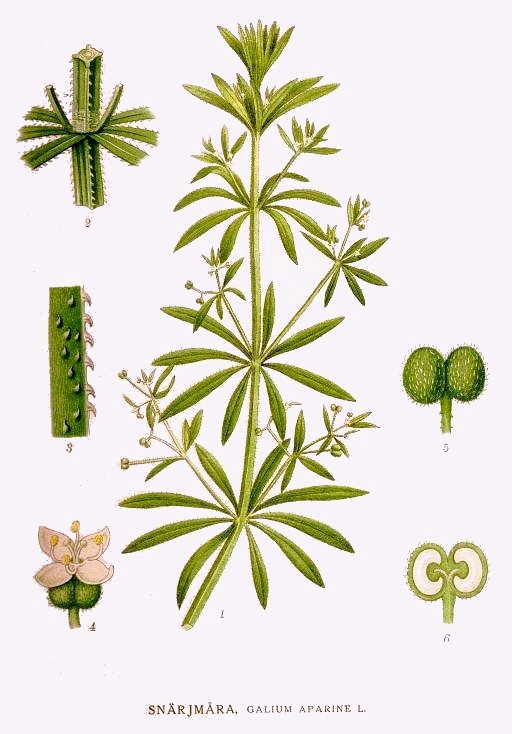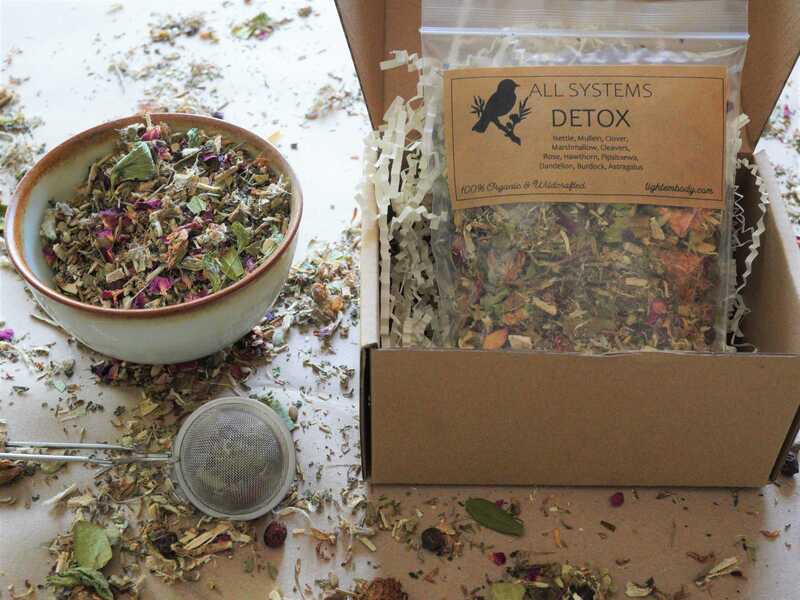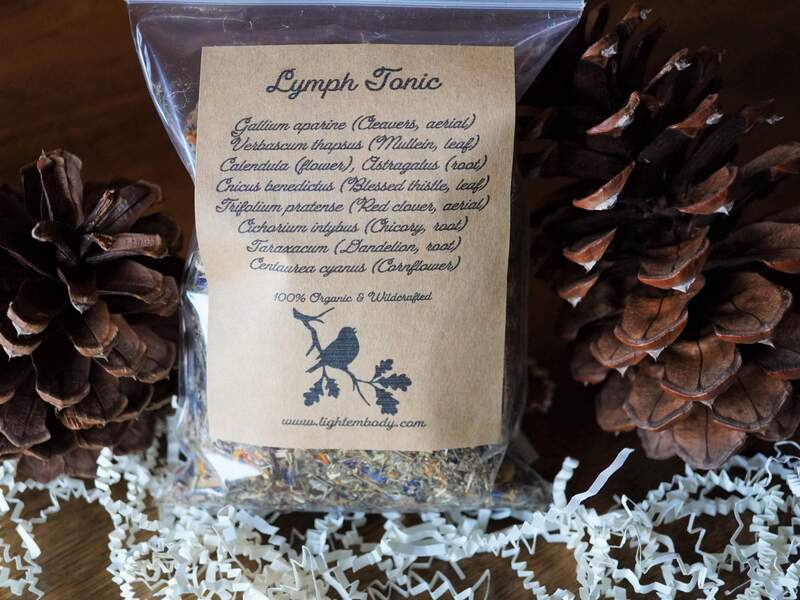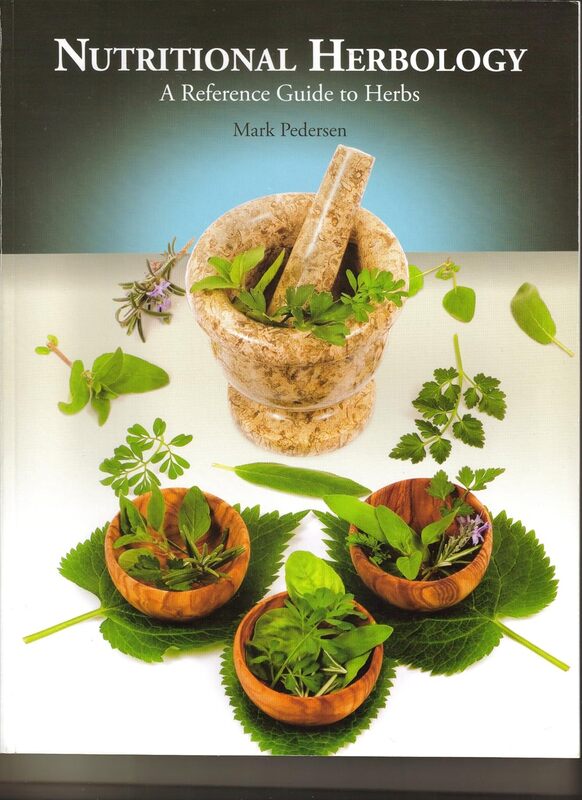Cleavers
Cleavers is a tonic herb, soothing inflammation in the lymphatic, nervous, kidney, and genitourinary system.
The springtime allure of cleavers has survived since the time of the ancients; used by Greek and Roman healers; the young green tops were juiced and used as a cleansing spring tonic.
Many Native American tribes used Cleavers to promote kidney health.
One of the best herbs for the lymphatic system; traditionally taken in the spring to clear out stagnation.
Acting on the sheathes of the nerves, Cleavers eases nervousness, sympathetic excess, skin irritations, a feeling of fussiness, insatiability, and irritability, and feeling “not myself;”
Used for enlarged lymph nodes; an excellent lymphatic deobstructant for polycystic breasts
Use Cleavers fresh, in juices or tincture form; best gathered while in flower.
The springtime allure of cleavers has survived since the time of the ancients; used by Greek and Roman healers; the young green tops were juiced and used as a cleansing spring tonic.
Many Native American tribes used Cleavers to promote kidney health.
One of the best herbs for the lymphatic system; traditionally taken in the spring to clear out stagnation.
Acting on the sheathes of the nerves, Cleavers eases nervousness, sympathetic excess, skin irritations, a feeling of fussiness, insatiability, and irritability, and feeling “not myself;”
Used for enlarged lymph nodes; an excellent lymphatic deobstructant for polycystic breasts
Use Cleavers fresh, in juices or tincture form; best gathered while in flower.

Cleavers (Galium aparine) are tenacious annuals, growing in dense mats in loamy, nitrogen-rich meadows, forests, thickets and along seashores in the temperate climates of Europe, Northern Africa, Asia and North America. With its square-shaped stem and sticky hairs, they manage to stick to whatever passes them by, earning them memorable nicknames like “velcro plant,” “grip grass,” and “catch weed.” In fact, cleavers earned their name from the Old English word, “to cleave,” which means “to latch onto.” The plant forms leaves of eight into spirals, or whorls, and tiny white flowers. Here in California, they pop up by the multitudes in the spring. While easy to ignore as you walk by, cleavers won’t let you forget them once they attach themselves to your pant leg!
The springtime allure of cleavers has survived since the time of the ancients, when healers praised cleavers for their ability to relieve temporary water retention. Prominent Romans such as physician Galen and philosopher Pliny the Elder celebrated them for their ability to relieve temporary water weight gain, while Greek physician Dioscorides used them to help curdle and filter milk—a tradition that’s apparently still alive and well in Sweden today. Many Native American tribes used them to promote kidney health. For therapeutic reasons, contemporary herbalists use cleavers much the same way. Energetically speaking, folk herbalists also like to use cleavers as a cooling herb to help clear heat and stagnation and to increase flow.
When making the seasonal transition from winter to spring, cleavers’ energy can be a useful force in stimulating the lymphatic system. Sometimes called “the back alley” of the circulatory system, the lymph system helps remove waste products from the blood stream and maintain the immune system. By taking herbs like cleavers, we can help support the lymph system’s natural detoxification of the body to get you back in the flow.
https://www.traditionalmedicinals.com/articles/plants/cleavers-101/
The springtime allure of cleavers has survived since the time of the ancients, when healers praised cleavers for their ability to relieve temporary water retention. Prominent Romans such as physician Galen and philosopher Pliny the Elder celebrated them for their ability to relieve temporary water weight gain, while Greek physician Dioscorides used them to help curdle and filter milk—a tradition that’s apparently still alive and well in Sweden today. Many Native American tribes used them to promote kidney health. For therapeutic reasons, contemporary herbalists use cleavers much the same way. Energetically speaking, folk herbalists also like to use cleavers as a cooling herb to help clear heat and stagnation and to increase flow.
When making the seasonal transition from winter to spring, cleavers’ energy can be a useful force in stimulating the lymphatic system. Sometimes called “the back alley” of the circulatory system, the lymph system helps remove waste products from the blood stream and maintain the immune system. By taking herbs like cleavers, we can help support the lymph system’s natural detoxification of the body to get you back in the flow.
https://www.traditionalmedicinals.com/articles/plants/cleavers-101/
Monograph
Common Name: Cleavers
Botanical: Galium aparine
Family: Rubiaceae
Parts used: aerial parts
Actions: alterative, anti-inflammatory, aperient, astringent, cholagogue, depurative, diaphoretic, diuretic, febrifuge, laxative, lymphatic, tonic, vulnerary
Energetics: cold, dry, mildly bitter, sweet, salty
Key constituents: Cleavers contains organic acids, flavonoids, tannins, fatty acids, glycoside asperuloside, gallotannic acid and citric acid.
Organ Affinities: Nerves, Lymphatic, Kidneys, Genitourinary
Taste: Sweet, Salty, Cool, Moist. Vanilla-like
Botanical: Galium aparine
Family: Rubiaceae
Parts used: aerial parts
Actions: alterative, anti-inflammatory, aperient, astringent, cholagogue, depurative, diaphoretic, diuretic, febrifuge, laxative, lymphatic, tonic, vulnerary
Energetics: cold, dry, mildly bitter, sweet, salty
Key constituents: Cleavers contains organic acids, flavonoids, tannins, fatty acids, glycoside asperuloside, gallotannic acid and citric acid.
Organ Affinities: Nerves, Lymphatic, Kidneys, Genitourinary
Taste: Sweet, Salty, Cool, Moist. Vanilla-like
Uses
It is a good remedy in the Spring, eaten (being first chopped small and boiled well) in water-gruel, to cleanse the blood, and strengthen the liver, thereby to keep the body in health, and fitting it for that change of season that is coming. (Cullpepper Complete Herbal - 1653)
Because the medicinal value of cleavers is reduced through the drying process it is optimally used fresh or tinctured. However, the benefits are not reduced altogether, so drying the herb for wintertime use is also recommended. Most tinctures and herbal preparations of Cleavers that can be purchased have made use of the dried herb, that along with the fact that Cleavers is a widely spread, abundant plant found throughout the world with a long growing season beginning in Spring and spanning through Summer makes it easily accessible and harvested. I recommend juicing the plant, either with a traditional juicer or with a high speed blender and then straining.
A fresh tincture using low alcohol content is superior product to one that has made using the dried plant with a high alcohol content, and as mentioned, because it can be difficult to obtain a tincture made in this fashion I recommend making your own. This can be done by cutting Cleavers with scissors into smaller pieces and covering with Vodka, Brandy, or Tequila, (all in the range of 40-50% alcohol content) or by using a short blend cycle with alcohol and Cleavers in the blender. Place in a jar for approximately two weeks to 30 days and then strain.
Cleavers also makes an excellent potherb, as the cooking process softens the sticky rough texture, and is highly recommended in preparation of Medicine Soup.
Cleavers Parts Used: Aerial (entire plant above ground)
Collection Time: Spring through Summer
See Below for Additional Cleavers Uses.
A fresh tincture using low alcohol content is superior product to one that has made using the dried plant with a high alcohol content, and as mentioned, because it can be difficult to obtain a tincture made in this fashion I recommend making your own. This can be done by cutting Cleavers with scissors into smaller pieces and covering with Vodka, Brandy, or Tequila, (all in the range of 40-50% alcohol content) or by using a short blend cycle with alcohol and Cleavers in the blender. Place in a jar for approximately two weeks to 30 days and then strain.
Cleavers also makes an excellent potherb, as the cooking process softens the sticky rough texture, and is highly recommended in preparation of Medicine Soup.
Cleavers Parts Used: Aerial (entire plant above ground)
Collection Time: Spring through Summer
See Below for Additional Cleavers Uses.
From the Apothecary
3 Ways to Use Cleavers for Spring Cleansing
(https://theherbalacademy.com/cleavers-for-spring-cleansing/)
Cold Infusion of Cleavers
To make a cold infusion of cleavers, you will need:
A chopstick
A small muslin drawstring bag
A quart-sized canning jar
Directions:
Place one or two tablespoons of finely chopped, fresh cleavers (the leaves and stems, not the roots) into the muslin bag.
Fill the quart canning jar with cool water, and use the chopstick to suspend the drawstring bag in the water. The water with more precipitates from the fresh herb juices sinks to the bottom and creates a circulation of the water as the cleavers infuses.
Allow the cleavers to infuse overnight, or eight to twelve hours.
As a food safety precaution, place your cleavers infusion in the refrigerator. Room temperature (or any temperature within 40-140 degrees Fahrenheit) is the bacterial “danger zone” when foodborne pathogens reproduce most rapidly.
Preserved Cleavers Juice
Not all herbs are good candidates for making a succus, or preserved juice, but cleavers is one of the ideal herbs for this purpose. Harvest a bowlful of fresh cleavers, and use a blender or food processor to reduce the herbs into a pulpy mash. You may find that it is necessary to chop the herb prior to placing it in the blender and/or add about a tablespoon of water to the blender before it can do a decent job.
Once the herb is ready, place a large piece of muslin into a colander or mesh strainer over a mixing bowl. Scoop the mashed cleavers into the center of the cloth and create a bundle with the cloth. Place a weight onto the bundle to press out the juice. A gallon jug of water works well if your colander is large enough, or you can use a small saucepan filled with a few canned goods.
After an hour or so, check on the juice in the bowl. Twist the bundle as hard as you can to press out the last few drops of liquid. Measure the amount of resulting juice and add an equal amount of vodka to preserve your succus. You can also use 3 parts juice to 1 part grain alcohol as well.
Bottle your succus in a clean, amber jar and make sure to label it with the date and contents. Your succus should be shelf stable for at least a year. A serving size is 30-60 drops (¼ to ½ teaspoon).
Cleavers Infused Oil
A cleavers oil can be used as part of a gentle massage to support the health of the lymphatic system, or a small amount can be smoothed over the skin just before bed. You might wish to focus on areas where lymph glands are located.
To make an oil with cleavers, it’s best to use dried cleavers to make an infused oil at room temperature rather than using fresh cleavers. Sterilize a glass canning jar and allow it to dry completely. Fill your jar about one-third of the way with cleavers, and then fill the remainder of the jar with a carrier oil such as almond oil or jojoba.
Cap the jar and allow your oil to sit for two weeks, making sure to shake the oil every day. When your infused oil is ready, strain the oil (a jelly bag on a stand over a clean bowl works very well for this), and bottle in a clean jar. Label and date your creation so that you don’t forget what it is.
If you use extra virgin olive oil as your carrier oil, you can even reserve part of your finished oil to make a cleavers vinaigrette to drizzle over your salads! Otherwise, make sure to state on your label that your oil is for external use only.
(https://theherbalacademy.com/cleavers-for-spring-cleansing/)
Cold Infusion of Cleavers
To make a cold infusion of cleavers, you will need:
A chopstick
A small muslin drawstring bag
A quart-sized canning jar
Directions:
Place one or two tablespoons of finely chopped, fresh cleavers (the leaves and stems, not the roots) into the muslin bag.
Fill the quart canning jar with cool water, and use the chopstick to suspend the drawstring bag in the water. The water with more precipitates from the fresh herb juices sinks to the bottom and creates a circulation of the water as the cleavers infuses.
Allow the cleavers to infuse overnight, or eight to twelve hours.
As a food safety precaution, place your cleavers infusion in the refrigerator. Room temperature (or any temperature within 40-140 degrees Fahrenheit) is the bacterial “danger zone” when foodborne pathogens reproduce most rapidly.
Preserved Cleavers Juice
Not all herbs are good candidates for making a succus, or preserved juice, but cleavers is one of the ideal herbs for this purpose. Harvest a bowlful of fresh cleavers, and use a blender or food processor to reduce the herbs into a pulpy mash. You may find that it is necessary to chop the herb prior to placing it in the blender and/or add about a tablespoon of water to the blender before it can do a decent job.
Once the herb is ready, place a large piece of muslin into a colander or mesh strainer over a mixing bowl. Scoop the mashed cleavers into the center of the cloth and create a bundle with the cloth. Place a weight onto the bundle to press out the juice. A gallon jug of water works well if your colander is large enough, or you can use a small saucepan filled with a few canned goods.
After an hour or so, check on the juice in the bowl. Twist the bundle as hard as you can to press out the last few drops of liquid. Measure the amount of resulting juice and add an equal amount of vodka to preserve your succus. You can also use 3 parts juice to 1 part grain alcohol as well.
Bottle your succus in a clean, amber jar and make sure to label it with the date and contents. Your succus should be shelf stable for at least a year. A serving size is 30-60 drops (¼ to ½ teaspoon).
Cleavers Infused Oil
A cleavers oil can be used as part of a gentle massage to support the health of the lymphatic system, or a small amount can be smoothed over the skin just before bed. You might wish to focus on areas where lymph glands are located.
To make an oil with cleavers, it’s best to use dried cleavers to make an infused oil at room temperature rather than using fresh cleavers. Sterilize a glass canning jar and allow it to dry completely. Fill your jar about one-third of the way with cleavers, and then fill the remainder of the jar with a carrier oil such as almond oil or jojoba.
Cap the jar and allow your oil to sit for two weeks, making sure to shake the oil every day. When your infused oil is ready, strain the oil (a jelly bag on a stand over a clean bowl works very well for this), and bottle in a clean jar. Label and date your creation so that you don’t forget what it is.
If you use extra virgin olive oil as your carrier oil, you can even reserve part of your finished oil to make a cleavers vinaigrette to drizzle over your salads! Otherwise, make sure to state on your label that your oil is for external use only.
In spring, when does are giving birth to fawns, they are said to prefer using Cleavers as their bed, not only for it’s lush, billowy growth, which makes a fine bed – but also for it’s scent, which disguises theirs as they hide from predators during their period of vulnerability. Matthew Wood notes that some Native American tribes considered Cleavers to be “Deer Medicine”, remedies that relate specifically to the nerves, artists, and beauty.
(https://www.eclecticschoolofherbalmedicine.com/cleavers-monograph/)
(https://www.eclecticschoolofherbalmedicine.com/cleavers-monograph/)
Resources & Recommended
Additional Sources Cited:
https://www.eclecticschoolofherbalmedicine.com/cleavers-monograph/
https://theherbalacademy.com/cleavers-for-spring-cleansing/
https://www.eclecticschoolofherbalmedicine.com/cleavers-monograph/
https://theherbalacademy.com/cleavers-for-spring-cleansing/












